smoldering myeloma life expectancy
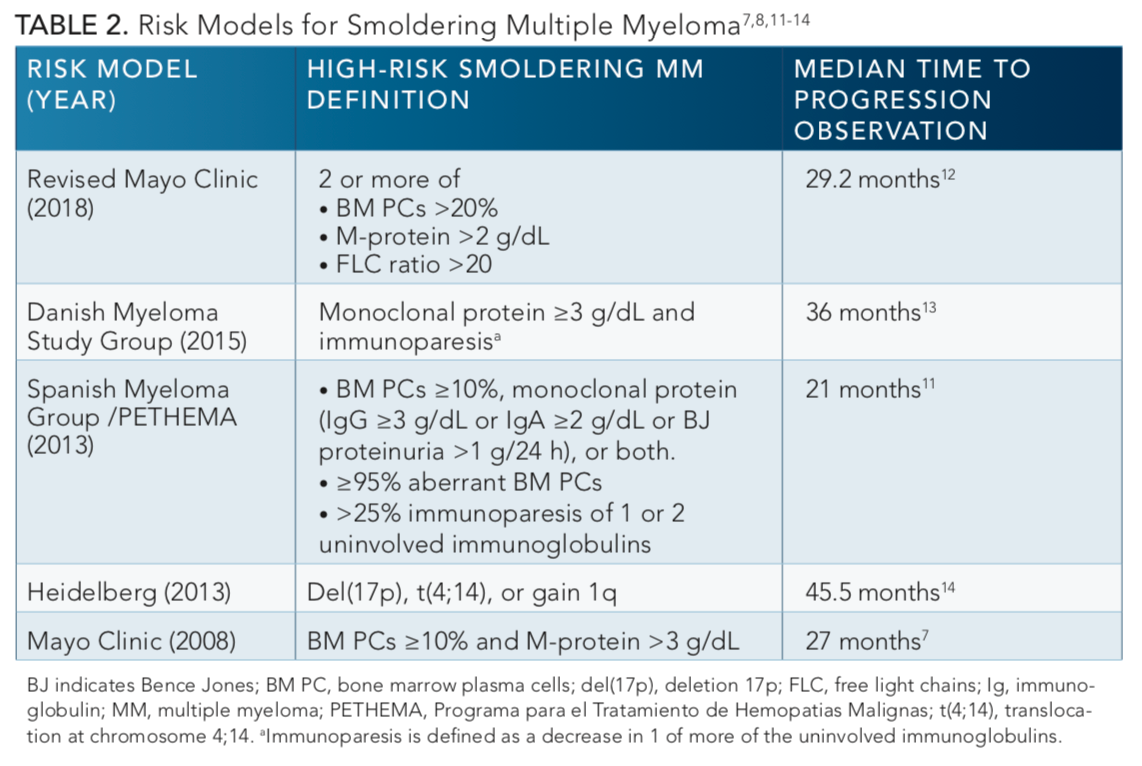 Treatment of Smoldering Myeloma Delays Disease Progression, Yet Questions Remain
Treatment of Smoldering Myeloma Delays Disease Progression, Yet Questions RemainPerspectives for people with multiple myeloma What is multiple myeloma? Multiple myeloma is a blood cancer. It develops in plasma cells, which are white blood cells that help combat the infection. In multiple myeloma, cancer cells accumulate in the bone marrow and take over healthy blood cells. They create abnormal proteins that can damage their kidneys. Multiple myeloma affects more than one area of your body. Symptoms include bone and bone pain easily broken. You may also experience: You may not require treatment until symptoms develop. Most people respond well to treatments that include: In some cases, a bone marrow transplant or stem cells is an option. Multiple myeloma is not considered "curable", but symptoms of wax and wax. There may be a long period of permanence that could last several years. However, this cancer is usually repeated. There are several types of myeloma. Multiple myeloma is the most common type. It has cases, according to the Society of Leukemia and Lymphoma. The Surveillance, Epidemiology and Final Results Program of the National Cancer Institute (SEER) lists myeloma as the type of cancer. It is important to remember that the perspective for all with multiple myeloma is different. Your treatment options and general status depend on a variety of factors. One of these factors is the stage of cancer in diagnosis. Like many diseases, multiple myeloma breaks down in several stages. The stadium helps doctors track their disease and prescribe the right treatments. The sooner you get a diagnosis and start treating, the better your perspective will be. There are two main systems used for the multiple myeloma stadium: The Durie-Salmon system is discussed in this article. It is based on the level of calcium in a person's blood along with hemoglobin proteins and monoclonal immunoglobulin. Multiple myeloma stages also take into account whether cancer is causing bone or kidney problems. High levels of calcium in the blood may indicate advanced bone damage. Low levels of hemoglobin and high levels of monoclonal immunoglobin indicate a more advanced disease. Most doctors divide multiple myeloma in four stages: Dispersion Stage Myeloma that is not causing active symptoms is called the disconcerting stage or the stage of Durie-Salmon 1. This means that there are myeloma cells present in your body, but they are not progressing or causing any damage to your bones or kidneys. They can also be undetectable in your blood. Stage 1 At this stage, you have a relatively small number of myeloma cells in your blood and urine. Its hemoglobin levels are only slightly lower than normal. Bone X-rays may seem normal or show only an affected area. Stage 2At this stage, a moderate number of myeloma cells are present. Hemoglobin levels are usually much lower than normal. Monoclonal immunoglobulin can be increased, and blood calcium levels can also be high. X-rays can show several areas of bone damage. Stage 3In the final stage of multiple myeloma, there is a high number of myeloma cells. Its level of hemoglobin is also generally less than 8.5 grams per deciliter, and calcium blood levels are high. There are multiple areas of bone destruction caused by cancer. Their age also affects their perspective. Younger people tend to do better than older people. Other health conditions and their choice of treatment should also be taken into account. For some people, multiple myeloma can be asymptomatic and slow progress. Poor kidney function and faster growth cancer cells usually indicate a poorer perspective. But if you respond well to the initial treatment and experience a complete remission, your perspective is generally better. After treatment, you will need regular follow-up tests and disease treatment. You will be advised to drink plenty of fluids to help your kidneys work properly. Due to its weakened immune system, you will also need to take additional precautions to prevent infections. Care can help you feel better and can prolong your life. Survival rates are based on the comparison of people with multiple myeloma with their peers who do not have cancer. According to , these are the average survival rates per stage: It is important to note that survival rates are calculated from the time the treatment begins. The average is the average survival rate. This means that half of the people with multiple myeloma lived longer than the average length of each stage. These figures include people treated in the last 5 to 25 years. ACS notes that treatment has improved greatly during that period. This means that survival rates will continue to improve. Statistics show that the relative survival rate of five years dramatically improved between 1975 and 2012: survival of more than 5 years Rate197526.3%198025.8%198527.0%199029.6%199430.7%199833.9%200239.5%200645.1%201248.5%Some people who have had transplants have been known to live 15 years or more. In the United States, myeloma is the 14th leading cause of cancer deaths. He believes that in 2018 there will be 30,280 new cases and 12,590 deaths. That's just 2.1% of all cancer deaths. It is estimated that in 2014, some 118,539 Americans lived with myeloma. The risk of developing myeloma is 0.8%. Multiple myeloma is diagnosed almost exclusively in people over 65 years of age. People under the age of 35 represent less than 1% of the cases, according to . Getting a multiple myeloma diagnosis can be difficult to handle. You may have questions about the disease, its treatment and its perspective. It may be useful to start educating yourself and your loved ones about multiple myeloma so that you, and those around you, know what to expect. Learn more about multiple myeloma will help you and your caregivers make appropriate decisions about your care. You can find information in your local library and search online. Establish a strong support system for people who can help you cope with any problems or anxiety you may have. This may include caregivers, loved ones and medical experts. You could also benefit from talking to a mental health therapist about your feelings. You can also benefit from joining a multiple myeloma support group. You can meet others who have multiple myeloma. They can offer advice and advice to deal with. When facing your diagnosis, make sure to take enough time to recover. It's good for your body. Eat healthy. And get the rest and relaxation enough to be better able to deal with stress and fatigue. Set attainable goals that help you feel satisfied without overcoming yourself. If you are taking care of someone with multiple myeloma, educate yourself about the disease. Learn more about cancer symptoms and side effects of treatment. You can find information about these topics in your local or online library, and talking to your loved one's doctor. Have a discussion with your loved one about your illness and treatment. Show your support by asking what role to play in your treatment. Be honest with them and yourself. Find additional help if necessary. Taking care of a loved one with multiple myeloma can be a challenge. You can also benefit from joining a special support group for caregivers where you can talk to others also by caring for loved ones with multiple myeloma. Consider joining a local or online group. It is important to remember that survival rates are estimated. They cannot apply to their condition. Your doctor can discuss your perspective in better detail. Survival rates have been calculated using past conditions. As treatments become better, prognosis and survival rates also do. Last medical review on March 2, 2018 Read this next series of words

Treatment of Smoldering Myeloma Delays Disease Progression, Yet Questions Remain
![Full text] Smoldering multiple myeloma: prevalence and current evidence guiding t | BLCTT Full text] Smoldering multiple myeloma: prevalence and current evidence guiding t | BLCTT](https://www.dovepress.com/cr_data/article_fulltext/s136000/136447/img/BLCTT-136447_T001.jpg)
Full text] Smoldering multiple myeloma: prevalence and current evidence guiding t | BLCTT
Multiple Myeloma 2018 Update - Why Do People Beat the Average Myeloma Life Expectancy Prognosis? Or How To Improve Your Multiple Myeloma Survival Rate! - Multiple Myeloma - Survival Rate Statistics by Hospital
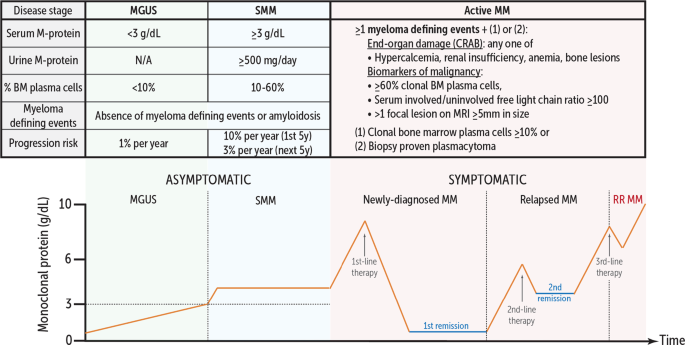
Changing paradigms in diagnosis and treatment of monoclonal gammopathy of undetermined significance (MGUS) and smoldering multiple myeloma (SMM) | Leukemia
Multiple Myeloma - The Longer You Live, The Longer You Live! Survival Rate and Life Expectancy Improves to a Cure rate at 10 years of Survival - Multiple Myeloma - Survival Rate Statistics by Hospital
Multiple Myeloma - The Longer You Live, The Longer You Live! Survival Rate and Life Expectancy Improves to a Cure rate at 10 years of Survival - Multiple Myeloma - Survival Rate Statistics by Hospital

Clinical Course and Prognosis of Smoldering (Asymptomatic) Multiple Myeloma | NEJM
![Full text] Smoldering multiple myeloma: prevalence and current evidence guiding t | BLCTT Full text] Smoldering multiple myeloma: prevalence and current evidence guiding t | BLCTT](https://www.dovepress.com/cr_data/article_fulltext/s136000/136447/img/BLCTT-136447_T002.jpg)
Full text] Smoldering multiple myeloma: prevalence and current evidence guiding t | BLCTT
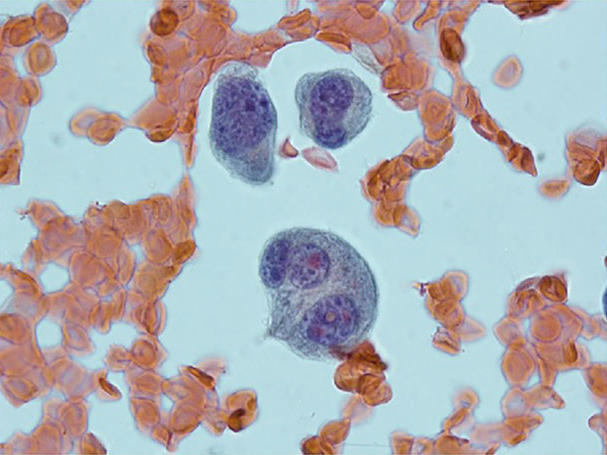
Slowing the Progression of Smoldering Myeloma - National Cancer Institute
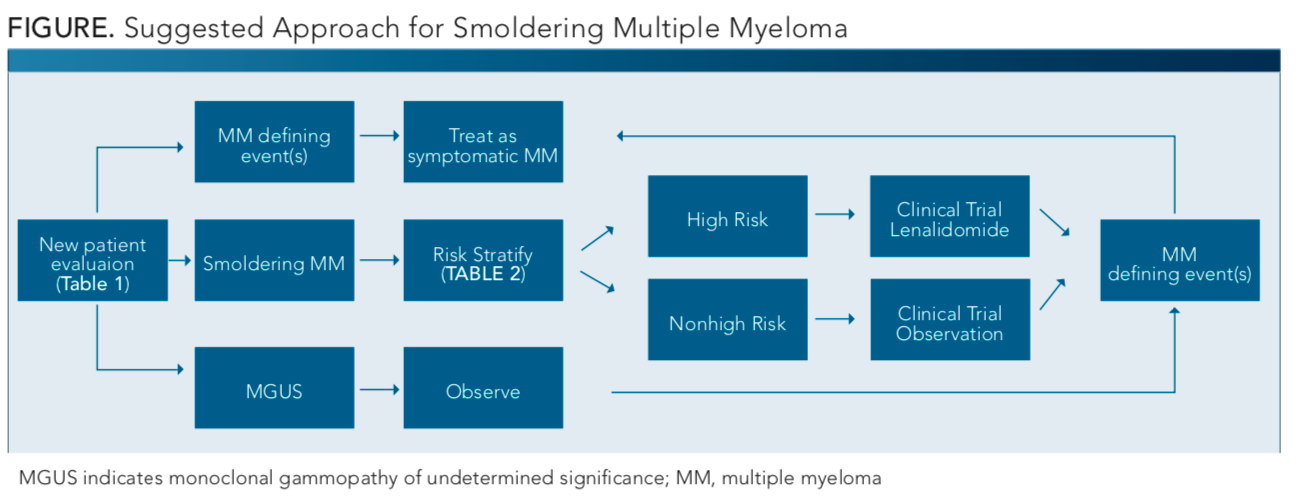
Treatment of Smoldering Myeloma Delays Disease Progression, Yet Questions Remain

Clinical Course and Prognosis of Smoldering (Asymptomatic) Multiple Myeloma | NEJM
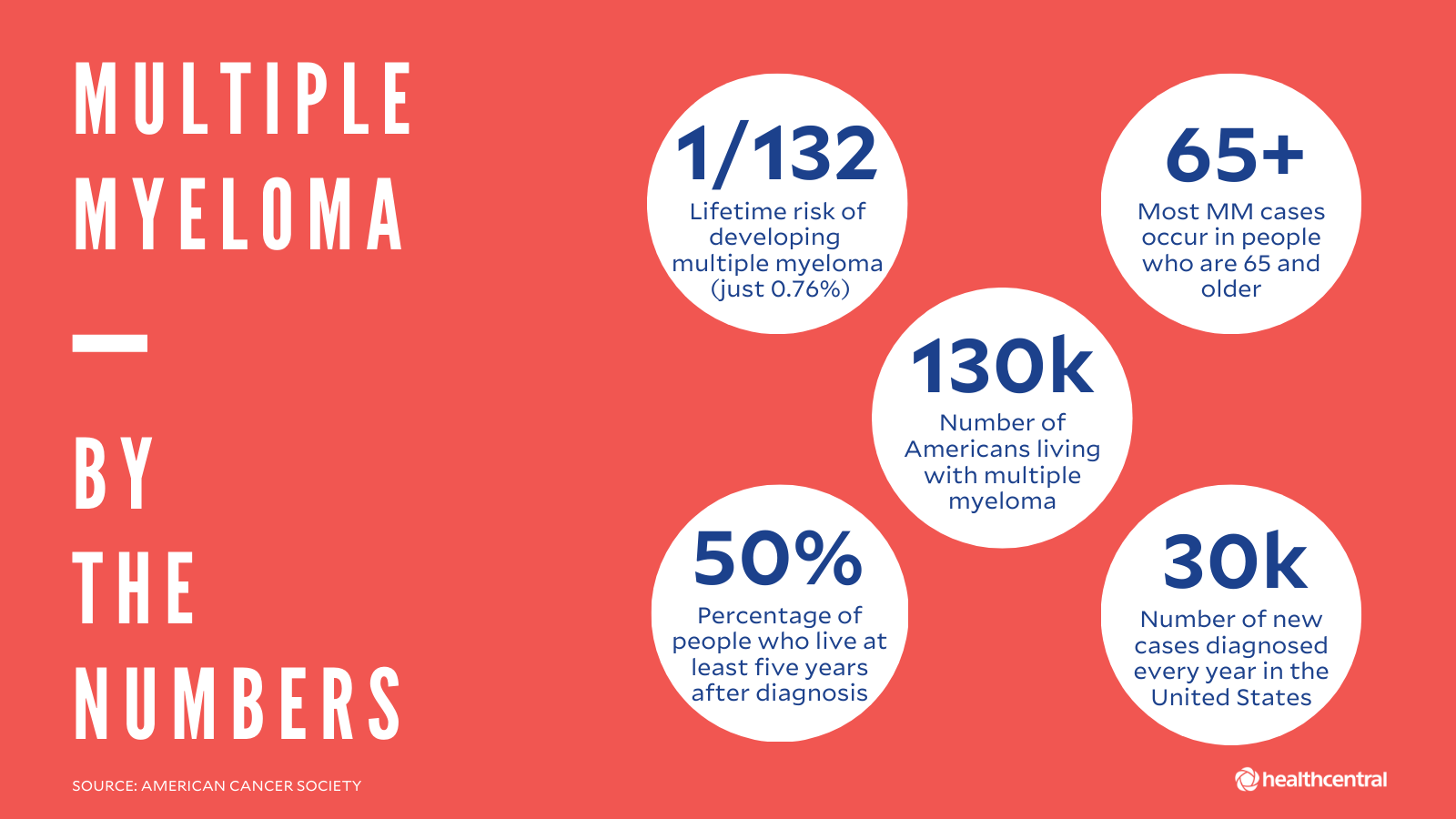
Multiple Myeloma Symptoms, Causes, Diagnosis, and Treatment
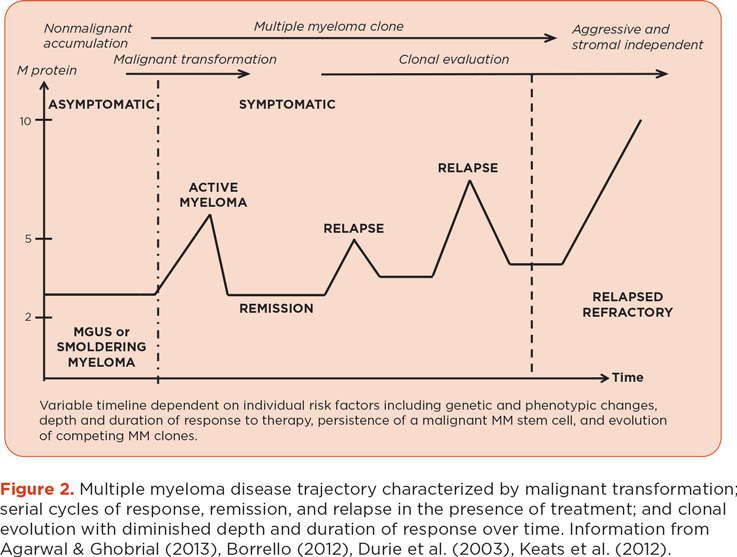
Relapsed or Relapsed/Refractory Multiple Myeloma - JADPRO
Our Approach To Myeloma Care Must Change! To Have Change, Something Must Change! - Multiple Myeloma - Survival Rate Statistics by Hospital

Clinical Course and Prognosis of Smoldering (Asymptomatic) Multiple Myeloma | NEJM
Myeloma Life Expectancy - The Good News And The NEW PROJECTION! - Multiple Myeloma - Survival Rate Statistics by Hospital
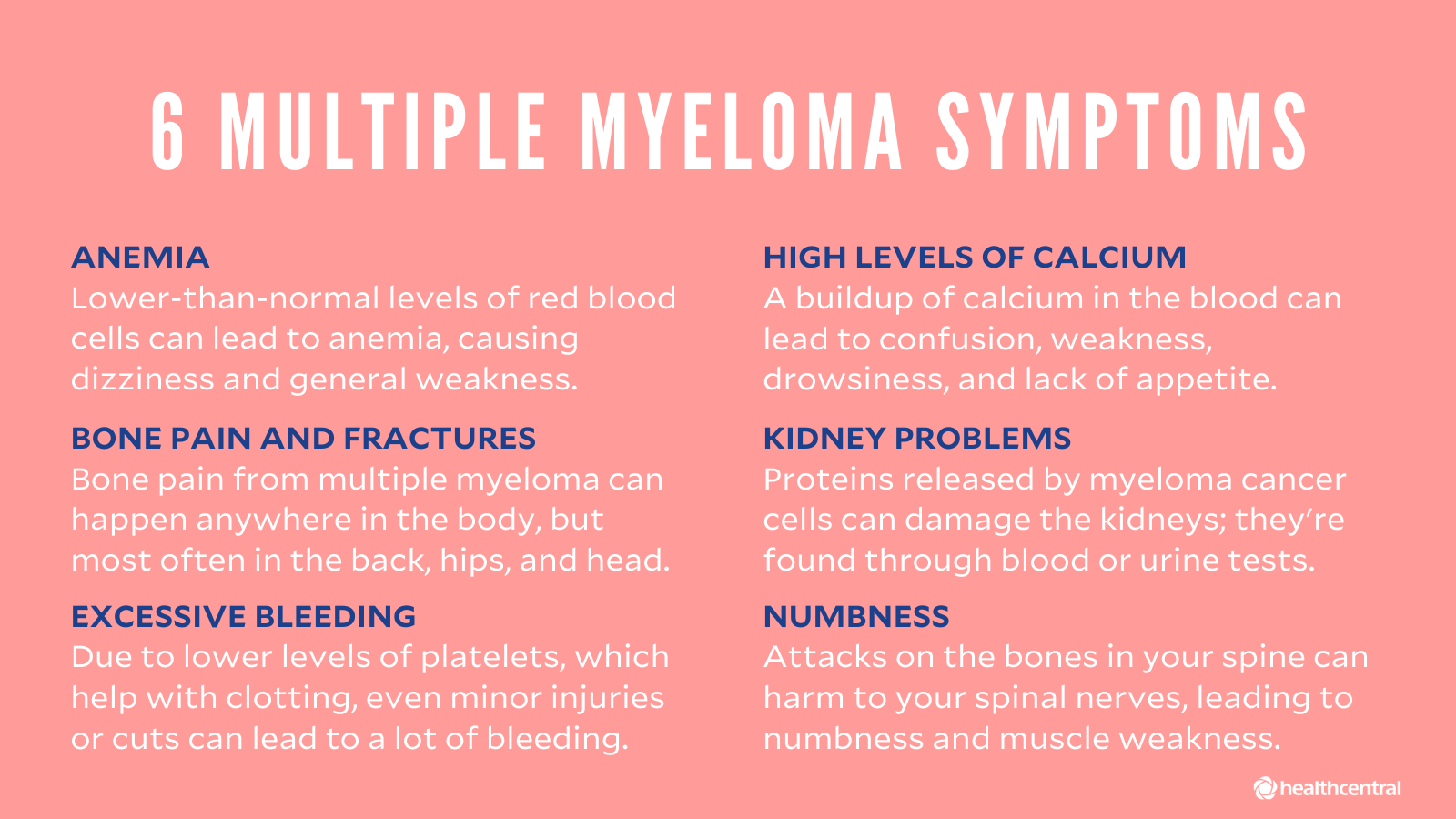
Multiple Myeloma Symptoms, Causes, Diagnosis, and Treatment
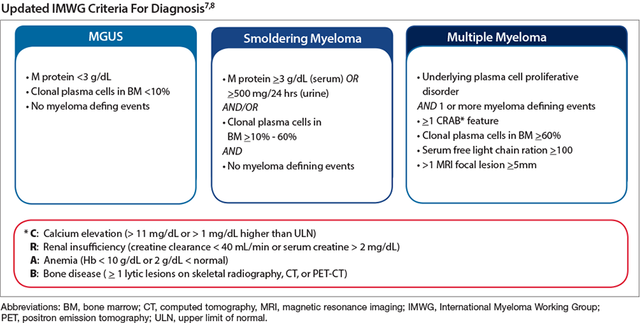
Federal Practitioner - 0918 Current Trends in MM - Current Trends in Multiple Myeloma
/how-multiple-myeloma-is-diagnosed-4590149_FINAL-6985826d61d7485093a7162412602c6b.png)
Multiple Myeloma Prognosis

Insights into Smoldering (Asymptomatic) Multiple Myeloma | ASCO Connection
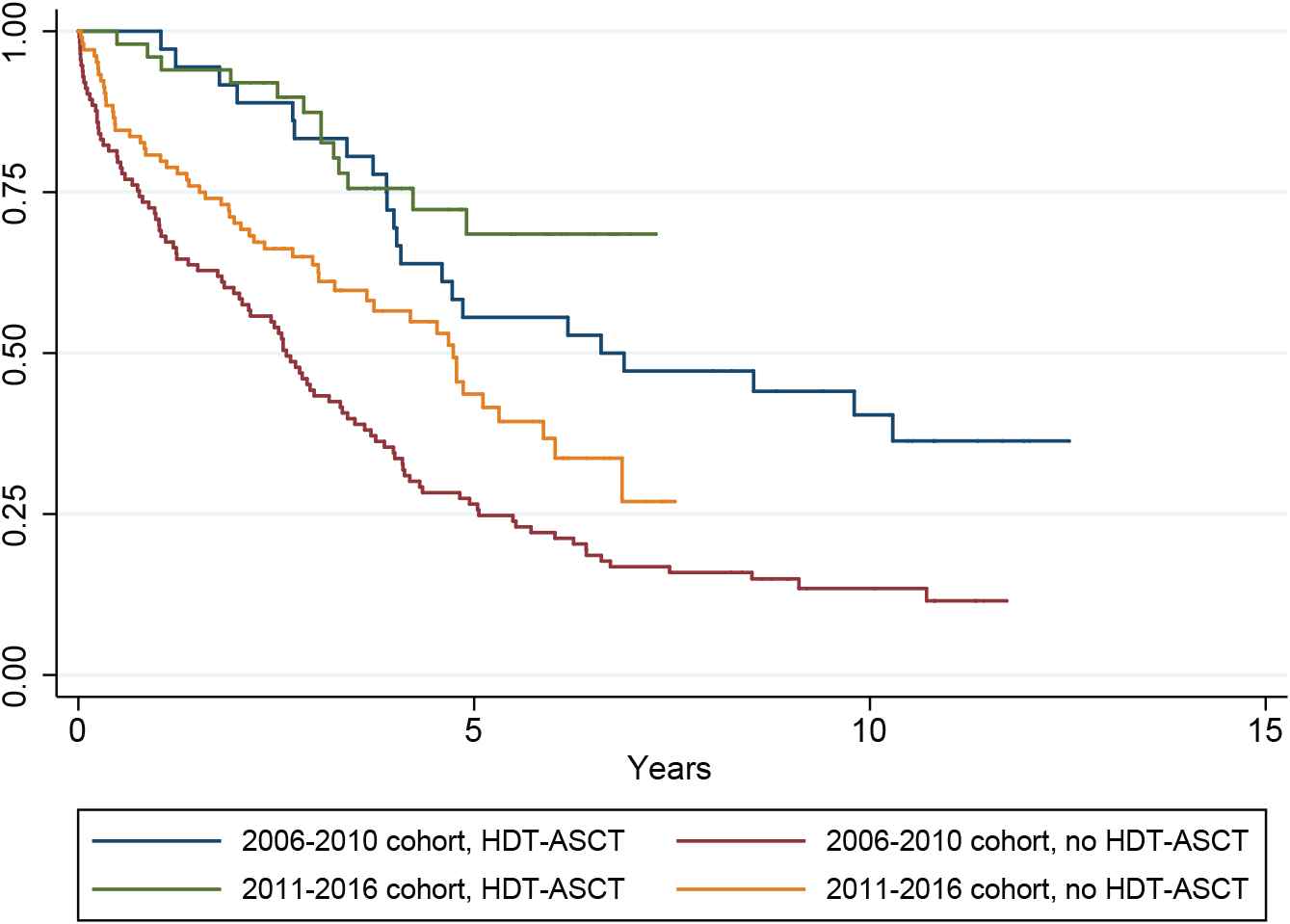
The Clinical Course of Multiple Myeloma in the Era of Novel Agents: A Retrospective, Single-Center, Real-World Study | Atlantis Press
Treatment of Stage I & "Smoldering" Multiple Myeloma

Multiple Myeloma: Diagnosis and Treatment - Mayo Clinic Proceedings
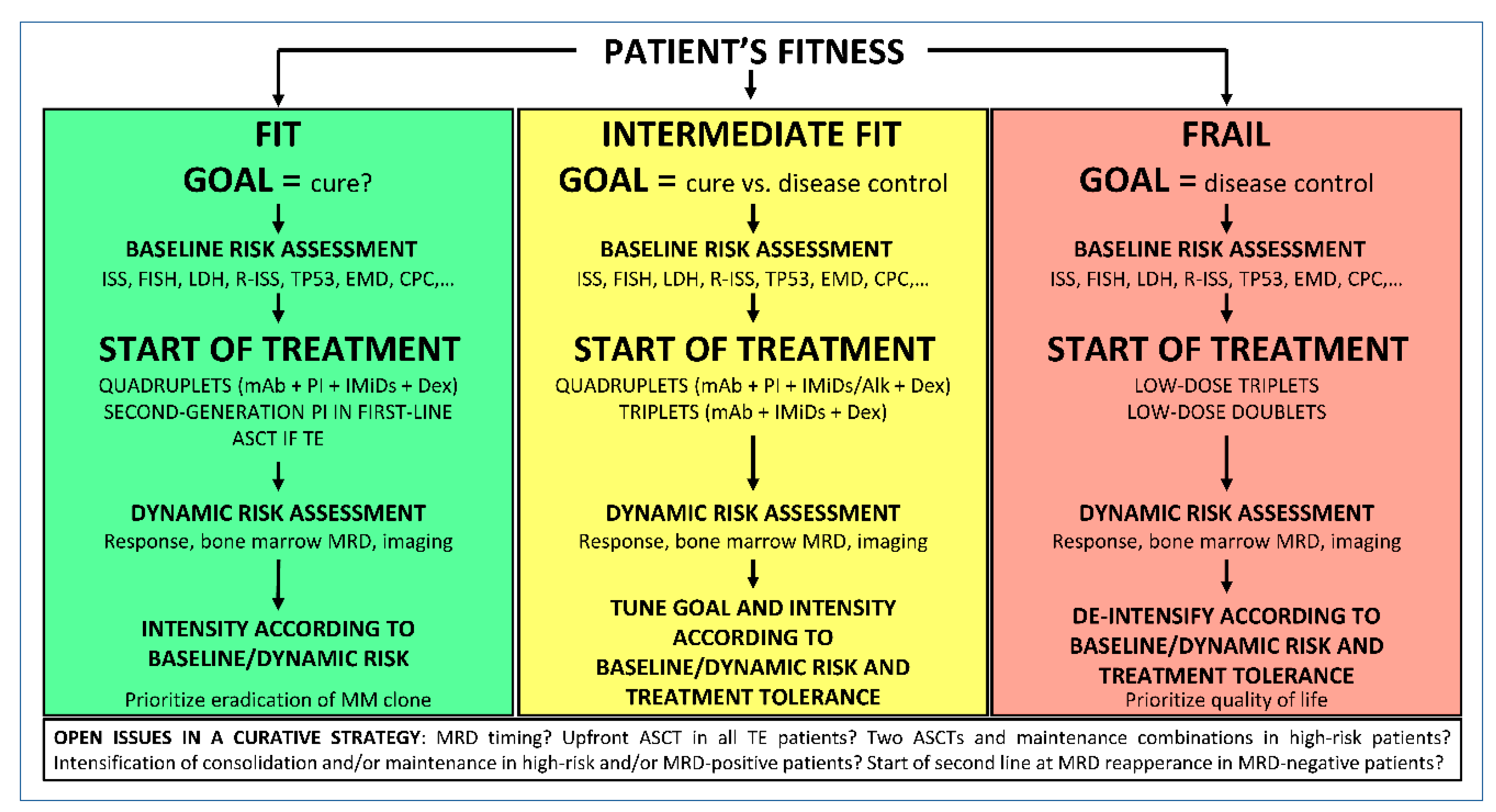
Cancers | Free Full-Text | Pursuing a Curative Approach in Multiple Myeloma: A Review of New Therapeutic Strategies | HTML
Outcome and survival of myeloma patients diagnosed 2008–2015. Real-world data on 4904 patients from the Swedish Myeloma Registry | Haematologica
All Categories - Multiple Myeloma - Survival Rate Statistics by Hospital
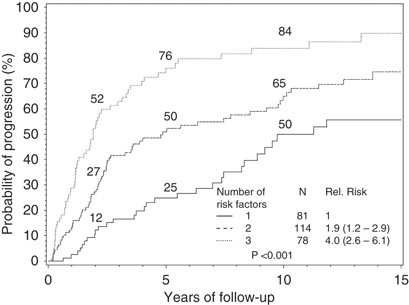
Monoclonal gammopathy of undetermined significance (MGUS) and smoldering (asymptomatic) multiple myeloma: IMWG consensus perspectives risk factors for progression and guidelines for monitoring and management | Leukemia

Stage 3 multiple myeloma: Life expectancy and outlook
Multiple Myeloma | Wikilite

Diagnosis, risk stratification and management of monoclonal gammopathy of undetermined significance and smoldering multiple myeloma - Donk - 2016 - International Journal of Laboratory Hematology - Wiley Online Library

What Are MGUS, Smoldering and Active Myeloma? | The IMF

Clinical Course and Prognosis of Smoldering (Asymptomatic) Multiple Myeloma | NEJM
All Categories - Multiple Myeloma - Survival Rate Statistics by Hospital
Multiple Myeloma Survival Rates FINALLY Show the Improvement we had hoped and prayed for!!!!! - Multiple Myeloma - Survival Rate Statistics by Hospital

High Risk Smoldering Myeloma Discussed on CureTalks in 2016 – A Quick Recap | The CureTalks Blog
Newly diagnosed MGUS or SMM? To treat or watchful waiting

Multiple myeloma - The Lancet

Multiple myeloma - Wikipedia

Clinical Trials on Smoldering Myeloma May Open Doors to More Precision Medicine

Multiple Myeloma: Outlook, Life Expectancy, Survival Rates
Posting Komentar untuk "smoldering myeloma life expectancy"